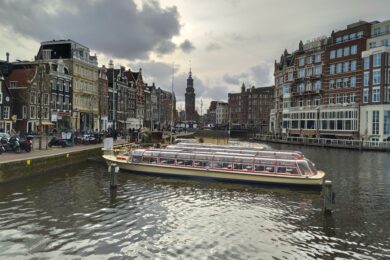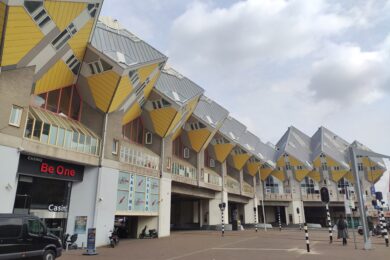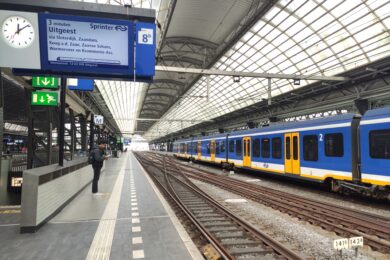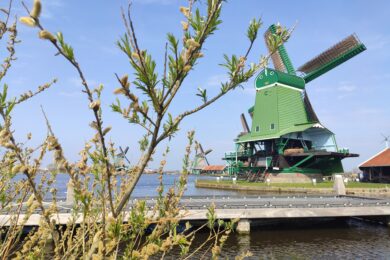The town of Peñiscola, in the north of Valencia, has a privileged location on the Spanish Mediterranean. The territory is given over in equal parts to the forest and warm-weather Mediterranean crops, including the emblematic oranges, olives and almonds. Inside the city, you can find all that you need, great beaches, good restaurants, culture, monuments and if you are a GOT fan you can even do the tour.
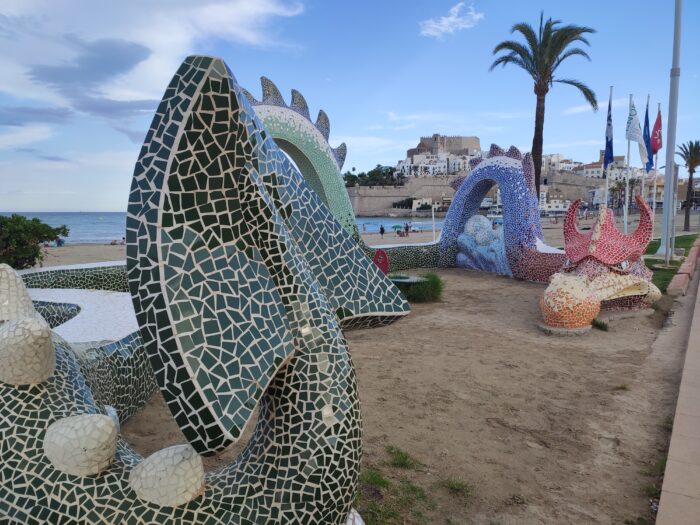
3 DAYS IN PEÑISCOLA
To get to Peñiscola you can take the train from Valencia or Barcelona, but the station is Benicarló, then you need to take another bus to get there or a taxi. Another way is a bus, company like Alsa or Flixbus.
The old town—crowned by a 14th-century castle-fortress that was once the home of Pope Benedict XIII—stands on an imposing rock that rises 64m above the azure seas. It is connected to the mainland by a thin sandbar that waves used to wash over during storms, turning the town into an ephemeral island.
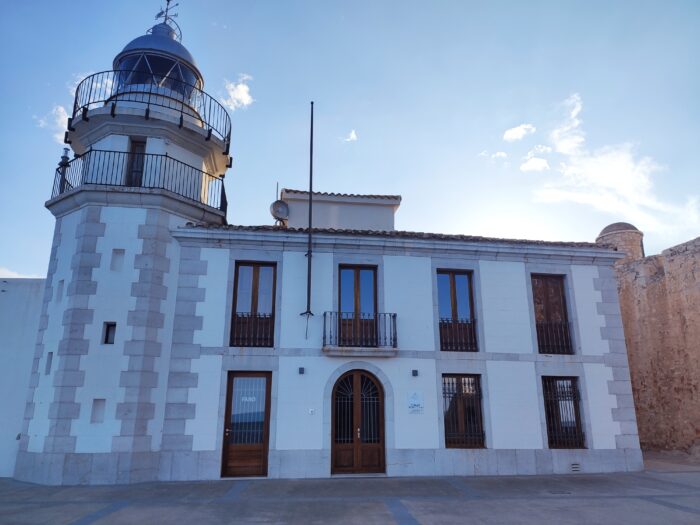
Peñíscola Castle is a fortress that occupies the highest part of the rocky outcrop on which the ancient city of Peñíscola is built. The Artillery Park is a military area with batteries, tunnels, and ramps that connect with the maritime zone on the perimeter of the site. The gardens that surround them were created in the 20th century. In the lower area, you can visit the fortifications built in the time of Philip II, in the last quarter of the 16th century, in order to modernize the defenses of the medieval castle and combat the attacks of pirates and the Turkish Navy, who posed a great threat on the Levante coast at the time. The upper area of fortifications and gardens connects with the medieval castle and with the lighthouse enclosure. (visiting hour 9:30H TO 21:30H)
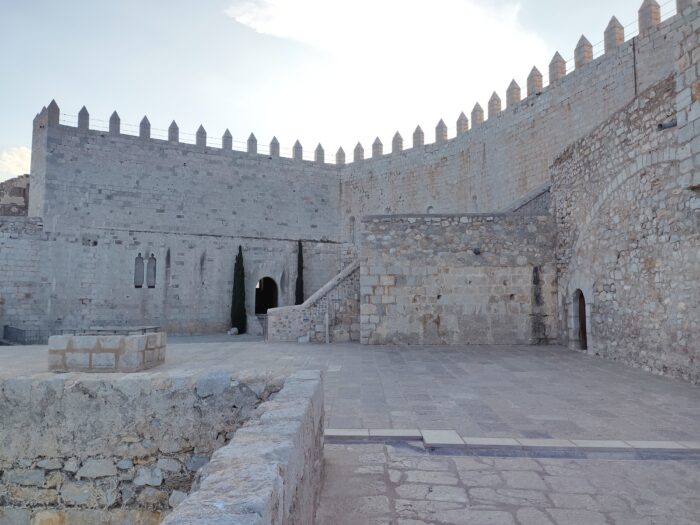
Before entering the Artillery Park you can visit the lighthouse enclosure located next to the castle and above the steepest part of the cliff. The lighthouse building was built at the end of the 19th century and was inhabited by the lighthouse keeper until 2013. In a few months’ time it will be converted into a reception centre for the castle’s visitors.
WHERE TO SLEEP
BEACHES
The municipality measures some 79km2, 17km of which stretch along the coast. Contrasting with the old town are the modern streets and avenues of the tourist area. In summer and autumn, warm waters bathe the extensive, fine sandy beaches to the north of the citadel and the pretty coves flanked by steep cliffs to the south.
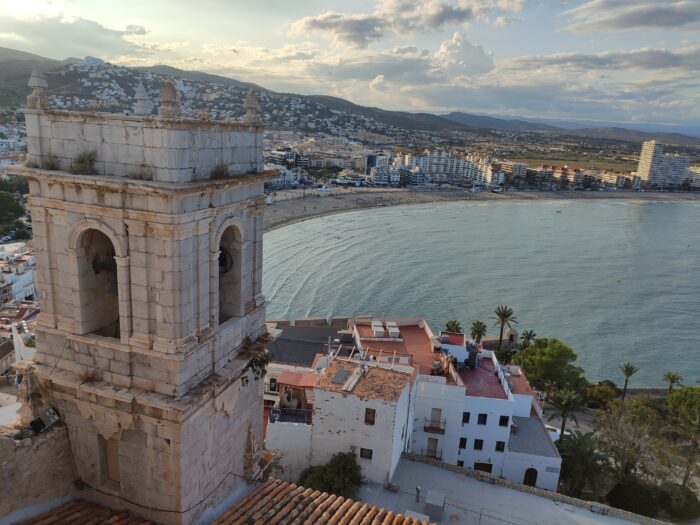
- Basseta beach: The waters of this small cove are characterised by the rocky shore and the vegetation that surrounds the beach. It’s always a pleasure to visit here at dusk, when the sun is setting and you’re afforded fantastic views with the castle in the background. 1,200m in length, this shingle beach covers some 14,400m2.
- Torrenova beach: Possibly one of the most difficult beaches to access, although the peace and tranquillity that reign on the shoreline make it a highly recommended stop to enjoy a day outdoors. The beach is 250m long and covers 3,750m2, with shingles. Services offered at this cove are signage, policing and cleaning.
- North beach: A large, attractive beach in a spectacular setting, with the Papa Luna Castle as its backdrop. 5km of fine sand. Certified with a Blue flag, “Q” flag from the Institute for Spanish Tourism Quality, the “green” AENOR flag and the “Qualitur” flag of the Valencia Tourism Agency
- South beach: Known for the fine sands that cover its 300m in length and 35m in width. Surveillance and lifeguards on site. The on-site Benicarló-Peñíscola Nautical Station offer the chance to practice sailing, diving, windsurfing or canoeing.




